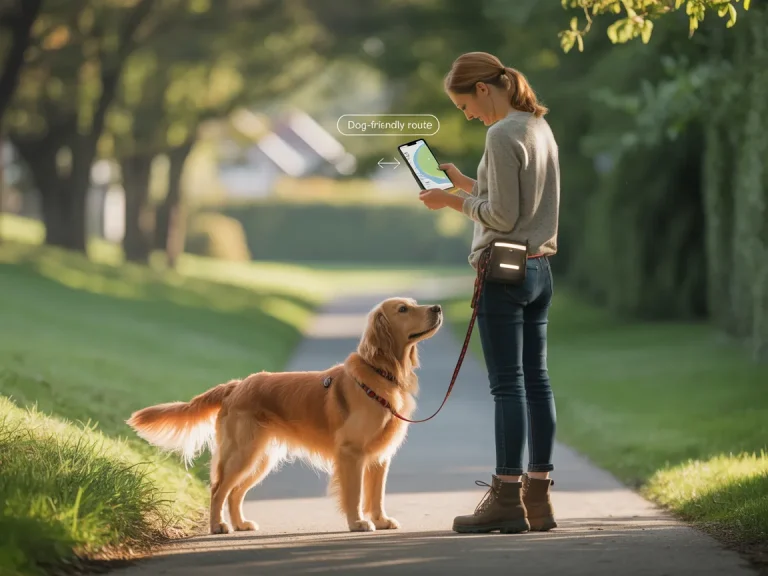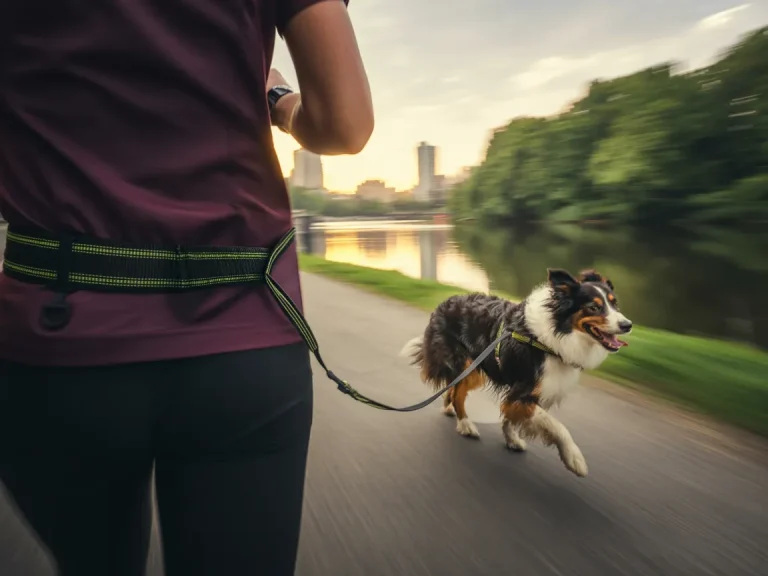Starting or growing a dog-walking business is one of the most rewarding small ventures you can run—flexible hours, meaningful connection with animals and owners, and real demand in pet-friendly communities. But passion alone isn’t enough; to attract more clients you need a system that combines trust, visibility, and consistent service. This guide walks through five practical steps to help you scale your dog-walking business, convert inquiries into loyal customers, and stand out in a crowded local market.
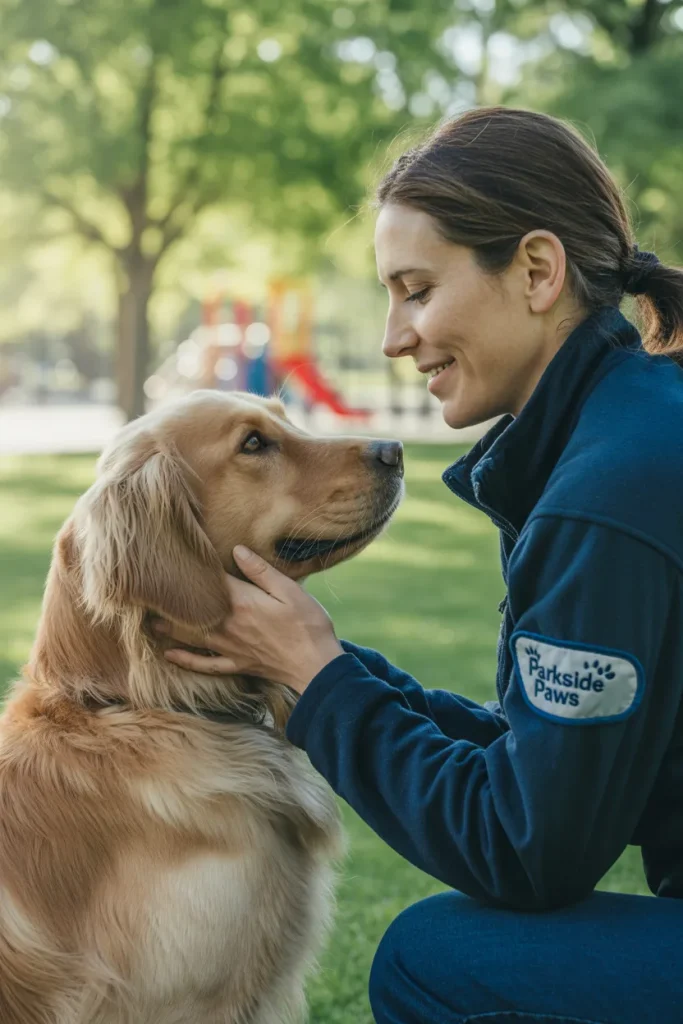
1. Define Your Brand and Niche
What makes you the walker someone texts at 7 a.m. on a rainy Tuesday? Clarity. Pick a lane and own it so your ideal clients spot you from a mile away. Adapted from your provided draft.
Choose a niche you can truly serve
Maybe you’re the calm, steady presence for seniors who stroll at a thoughtful pace. Or you’re the “let’s-go!” buddy for high-energy breeds that need to clock serious steps. Puppies, anxious small dogs, reactive walkers—each niche needs different skills, routes, and pacing. When you choose, your messaging (and calendar) get a whole lot cleaner.
Say what makes you different—in one line
Write a value sentence you can say without taking a breath: “Reliable solo walks for anxious small dogs in Oakview,” or “Weekend adventure hikes for active medium-to-large pups.” That one line becomes your North Star for pricing, posts, and how you answer the phone.
Look like the pro you are
A simple name and logo, a tidy walking outfit, and a short tagline that sounds like you—those little touches signal “You can trust me” before you ever clip a leash. Think of your brand like a well-tailored suit: it doesn’t shout; it just fits. Owners notice.
Mini-story: I once walked a jittery dachshund named Miso who’d pancake at the sight of joggers. The day his owner saw us pass a full track of runners—ears up, tail loose—she booked me for three months on the spot. It wasn’t a discount that convinced her. It was fit. with their companions, so the look and feel of your brand builds trust before you even meet.
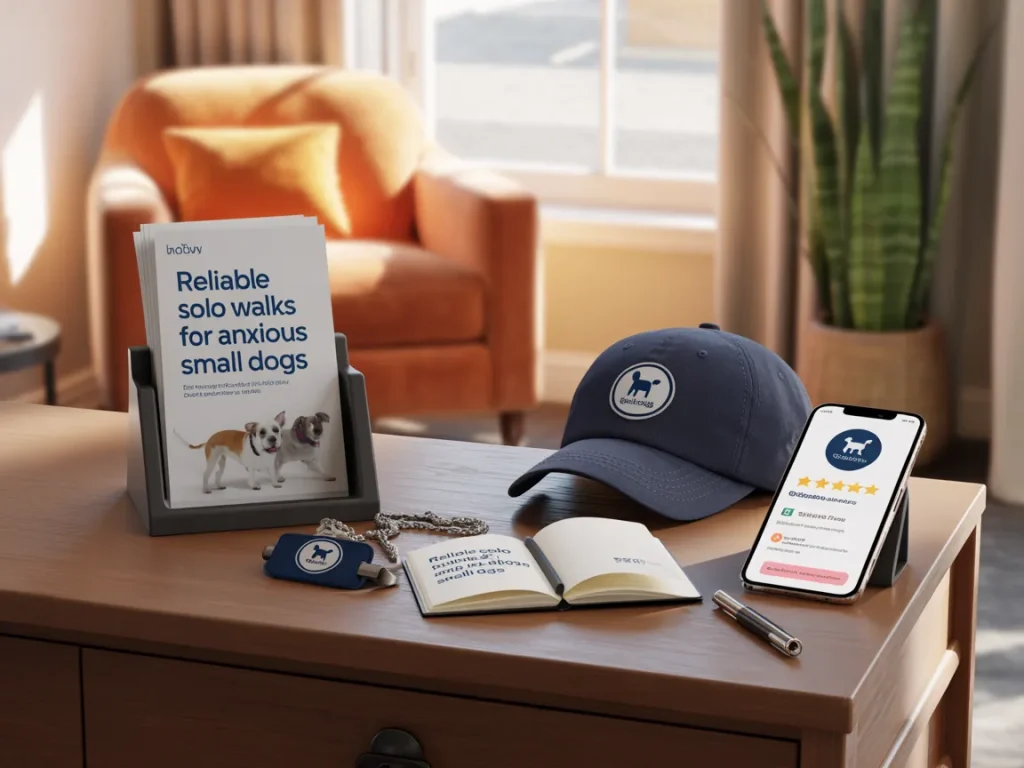
2. Optimize Local Visibility and Word-of-Mouth
Most dog-walking clients come from one place: your neighborhood. If people can’t name you, they can’t hire you. Adapted from your provided draft.
Neighbors first
Say a friendly “hi” in local Facebook or Nextdoor groups, post quick updates (“Two noon slots open this week!”), and make it effortless for happy clients to refer friends—think a free walk after three referrals. The ask is simple; the ripple is big.
Partner up with pet pros
Groomers, pet shops, daycare owners, and vets already talk to your ideal clients every day. Drop off a handful of clean, uncluttered flyers and suggest easy cross-referrals (“Need a walker for post-groom zoomies?”). That’s community, not cold calling.
Show up on Google (even solo)
Claim your Google Business Profile, add a few photos, list your service area, and, yes, kindly ask for reviews. Fresh, specific testimonials are social proof with teeth. They turn “maybe” into “when can you start?”
Be visible in real life
Farmers markets, rescue events, park meetups—show up with a short, human pitch and a smile. Your best converts might be the folks who watch you kindly redirect an overexcited lab. People remember how you handle a leash more than what you wrote on the card.
Hook: If your neighbors opened their phones right now, would they find you in two taps?ke a small donation to a local rescue in your name), and keeping communication friendly and responsive.

3. Create Effective Marketing Materials
When someone glances at your brand—online or on a corkboard—you’ve got seconds to say, “Safe, reliable, and exactly what you need.” Adapted from your provided draft.
Your flyer, but make it bookable
Flyers still work when they land in the right spots: vet lobbies, coffee shops, apartment mailrooms, and dog parks (with permission). Keep it simple: a clear headline (“Neighborhood Dog Walker—Safe, Fun, Reliable”), a tight list of services (solo walks, custom schedules, GPS route and photo updates), one short client quote, and a direct call to action (“Text to book a free meet-and-greet”). Add a booking link or QR code so interest doesn’t evaporate between the bulletin board and the sidewalk.
A one-pager that answers questions before they’re asked
Create a clean web page or PDF you can send instantly. Outline your process, pricing tiers, safety protocols, and FAQs in plain language. This turns curious messages into confirmed meet-and-greets because people know exactly what happens next.
Be specific in every outreach
Instead of “I walk dogs,” try: “I offer 30-minute solo walks in the Riverbend area with same-day photo updates and GPS routes—satisfaction guaranteed.” Specifics build trust the way a breadcrumb trail builds a route: one clear step at a time.
Mini-story: A new client once emailed, “Do you do quick potty breaks?” My reply spelled out my 15-minute option, neighborhoods covered, and what I do in bad weather. She wrote back, “You answered every question I didn’t know to ask.” That’s the power of specifics.olo walks in [Area], with same-day updates and a satisfaction guarantee.” Specificity builds credibility.
4. Streamline Booking, Pricing, and Client Experience
An easy, friction-free front door turns curious messages into paid walks. Think of it like a smooth leash clip—no fumbling, no wait, just click and go.
Booking & Communication
Give people a fast, simple way to book—an online scheduler or a short form beats the back-and-forth every time. Send automatic confirmations, friendly reminders, and post-walk notes with a couple of photos and a quick behavior snapshot. That little “we saw three squirrels, stayed calm, and did two sits at crosswalks” update? It feels like white-glove service for dog people.
Mini-story: I once started sending end-of-walk photos to a client whose lab, Moose, loved puddles a little too much. After a week of squeaky-clean paws and cheerful updates, she forwarded my number to her entire building’s chat. Easy systems multiply trust.
Pricing Strategy
Know your local range, but don’t race to the bottom. You’re not just selling steps—you’re selling safety, reliability, and a calmer dog at dinnertime. Bundle smartly (10-walk packs, multi-dog pricing, add-ons like “evening check-in”). Put policies in plain view—cancellations, holiday rates, surcharges—so nobody’s surprised. Clear beats clever.
Client Onboarding
Keep your intake predictable and calm. Start with a meet-and-greet (on the sidewalk or over video), collect essentials in a short form (emergency contacts, meds, quirks), confirm expectations with a simple agreement, then do a first-walk routine that mirrors the dog’s normal day. Follow up after week one with a quick “How’s it feeling?” text. Consistency builds trust; trust builds renewals.
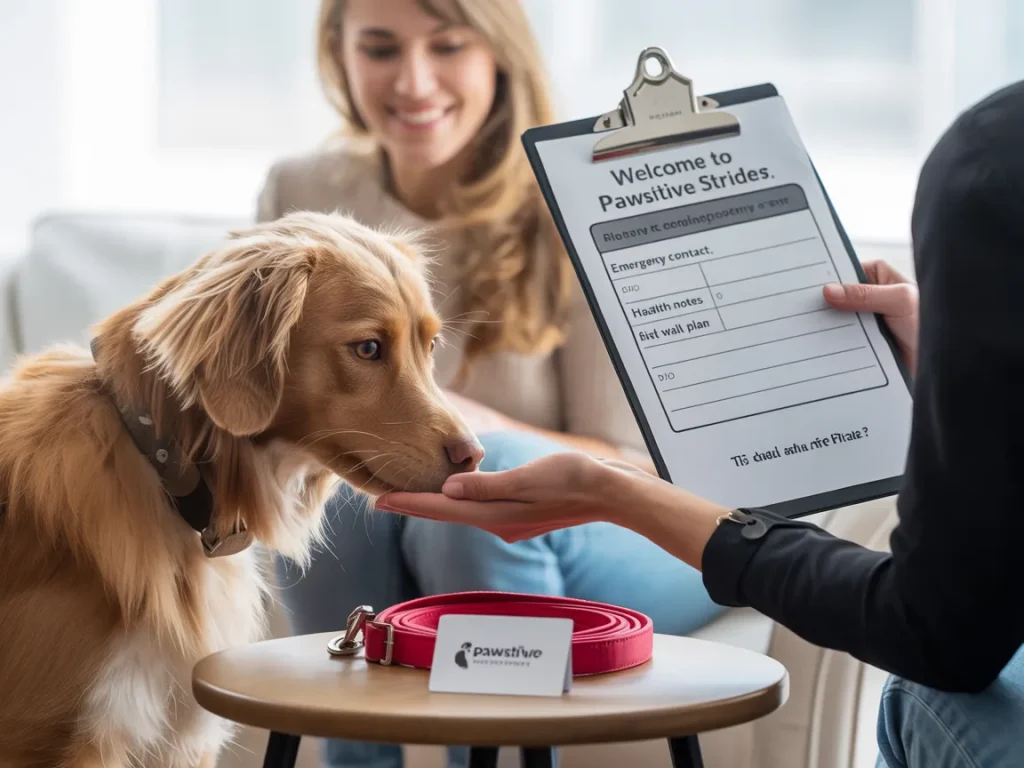
5. Leverage Social Proof and Ongoing Engagement
Retention is cheaper than acquisition, and social proof lowers the drawbridge for new clients. Collect the proof, then let it do the talking.
Build and Showcase Testimonials
Ask happy clients for a line or two and, with permission, a photo of their pup. Sprinkle these on your site, flyers, and socials. Try a “Client of the Month” feature or a simple before/after mood note—“Worried face to wiggly trot.”
Mini-story: A shy beagle named Olive used to freeze at the door. Three weeks later, we had a clip of her trotting past the mailbox like a tiny parade marshal. Her owner wrote a glowing review that still brings in anxious-dog inquiries. Stories stick; stars are just the sparkle.
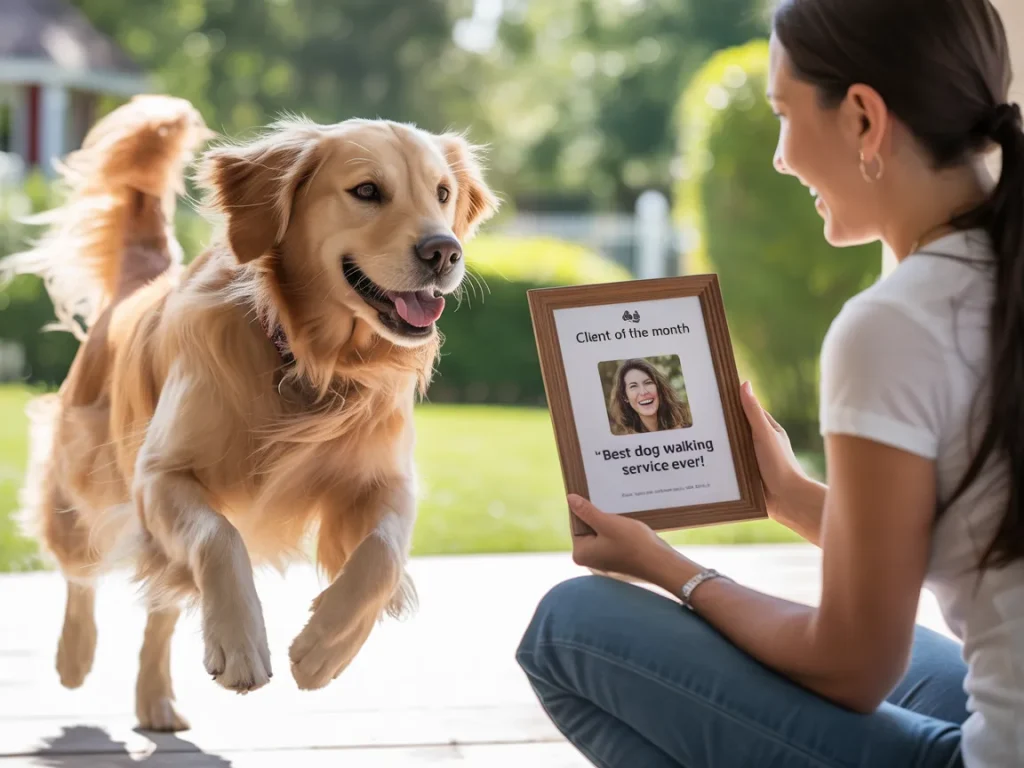
Stay Top-of-Mind
Share quick, useful posts: hot-day calm tips, winter paw care, or your favorite shady loop in the park. Highlight pet-friendly spots you actually visit—people love local intel from someone who walks those sidewalks daily. A light touch wins; you’re a friendly neighbor, not a megaphone.
Referral Incentives
Make it easy to share you. “Give a friend a free 30-minute walk; get half off your next booking.” Track it simply and say thank you publicly (with permission). The best ads wear collars.
Upsell Smartly
When trust is high, upgrades feel natural. Offer priority access to add-ons—weekend hikes, short-term pet sitting, or a daycare partner’s package. Frame it as convenience, not a sales pitch: “Want me to handle Friday evenings so you can relax?”
Bonus: Professional Growth and Differentiation
Small upgrades compound. Branded gear makes you easy to spot on the block. Insurance and simple credentials (“Fully insured since 20XX”) calm guardrails in a client’s mind. A short pet first-aid course boosts your confidence—and your rates. Build a circle of local pros for warm handoffs both ways. Over time, those touches add up to a premium feel and lower churn.
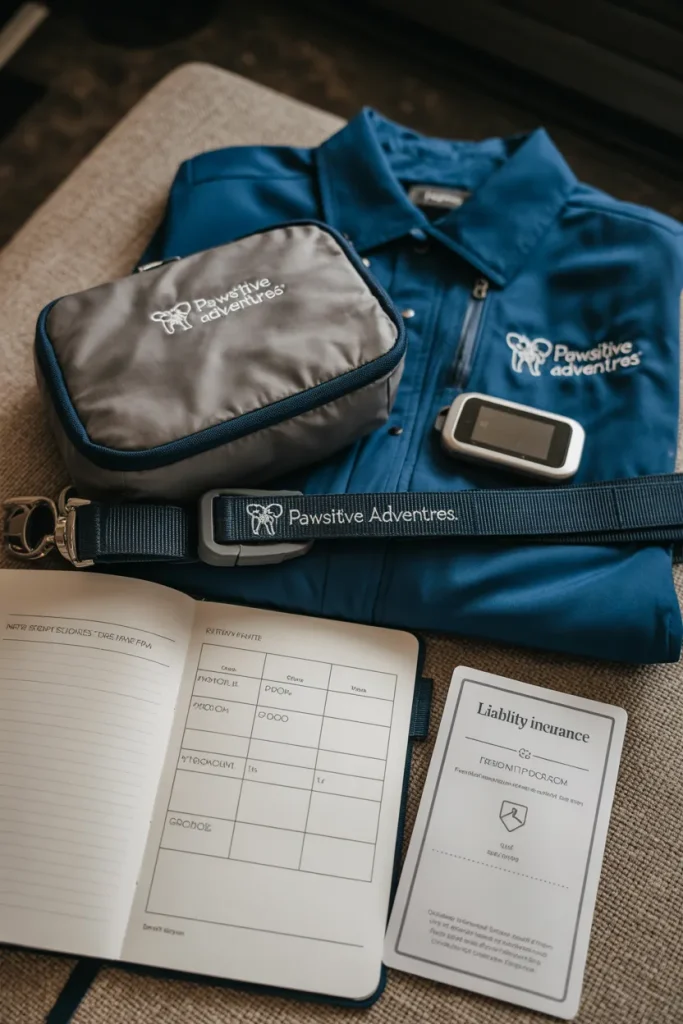
Quiet question to end on: If someone searched your name right now, would they see a calm pro with clear steps—or just a dog lover with good intentions?
Conclusion
Growing a dog-walking business isn’t a single leap—it’s a string of small, steady steps: get clear on who you serve, show up where your neighbors already are, make booking painless, and keep relationships warm long after the first leash clip. Do that, and you’ll build something sturdy—like adding reliable miles to a daily route until your calendar has its own easy rhythm.
Consistency is your superpower. Listen, adjust, and keep your promises. The payoff? Happier dogs, calmer owners, and a reputation that travels faster than a scent trail on a breezy day.
Disclaimer: This article is for informational purposes only and does not constitute professional veterinary advice. Always consult a licensed veterinarian or certified dog trainer regarding the specific needs and health of your dog.
